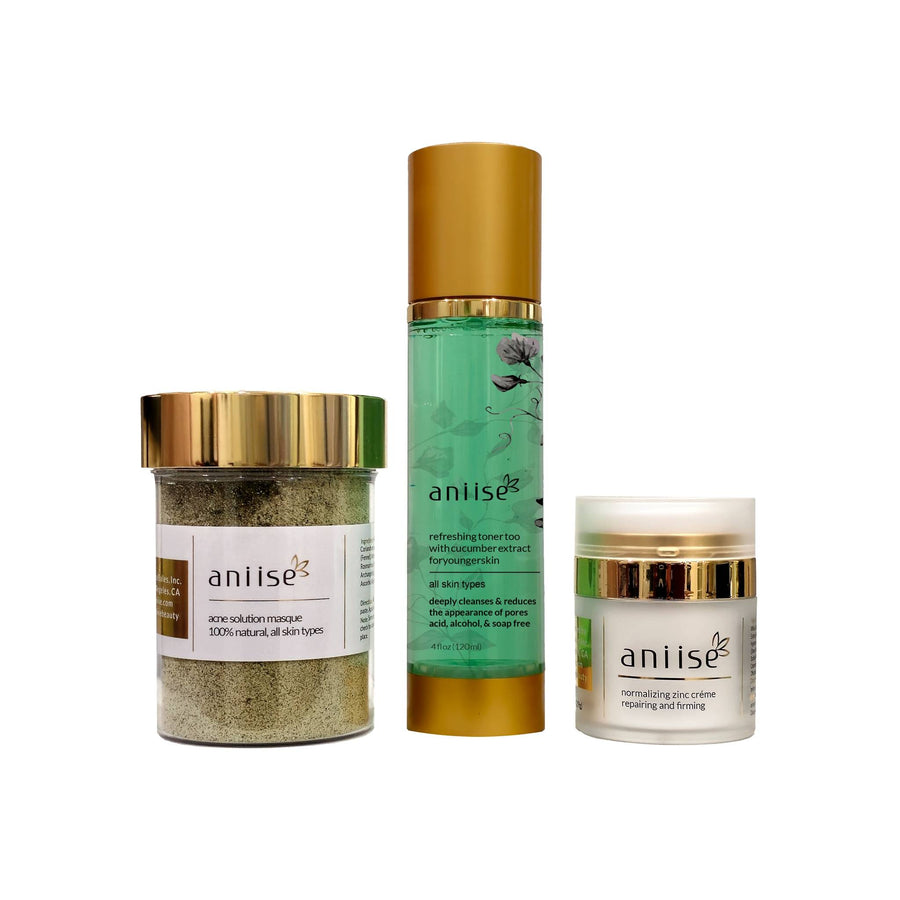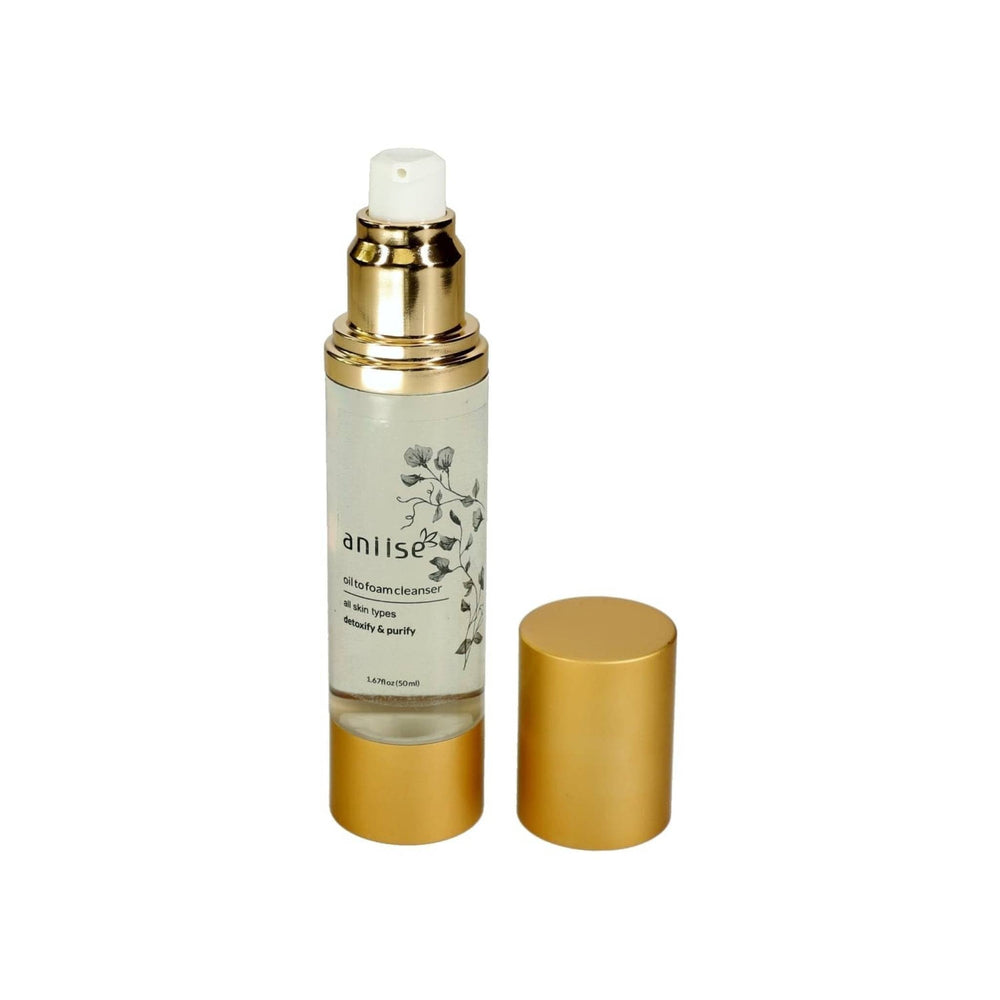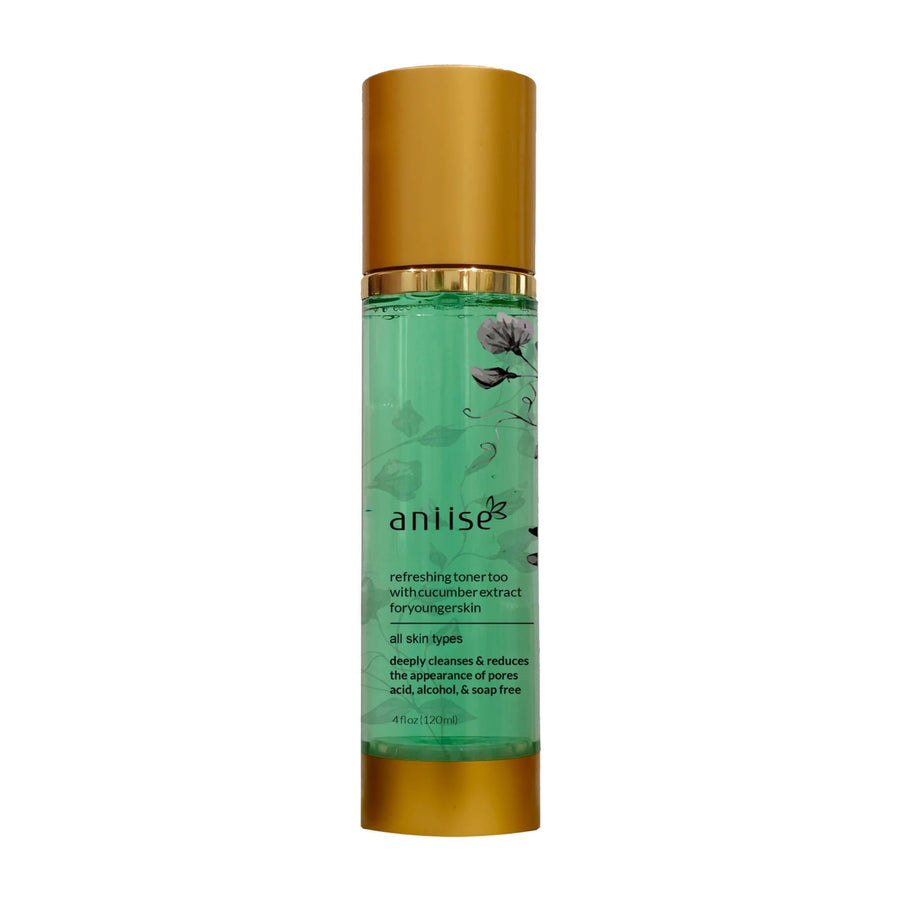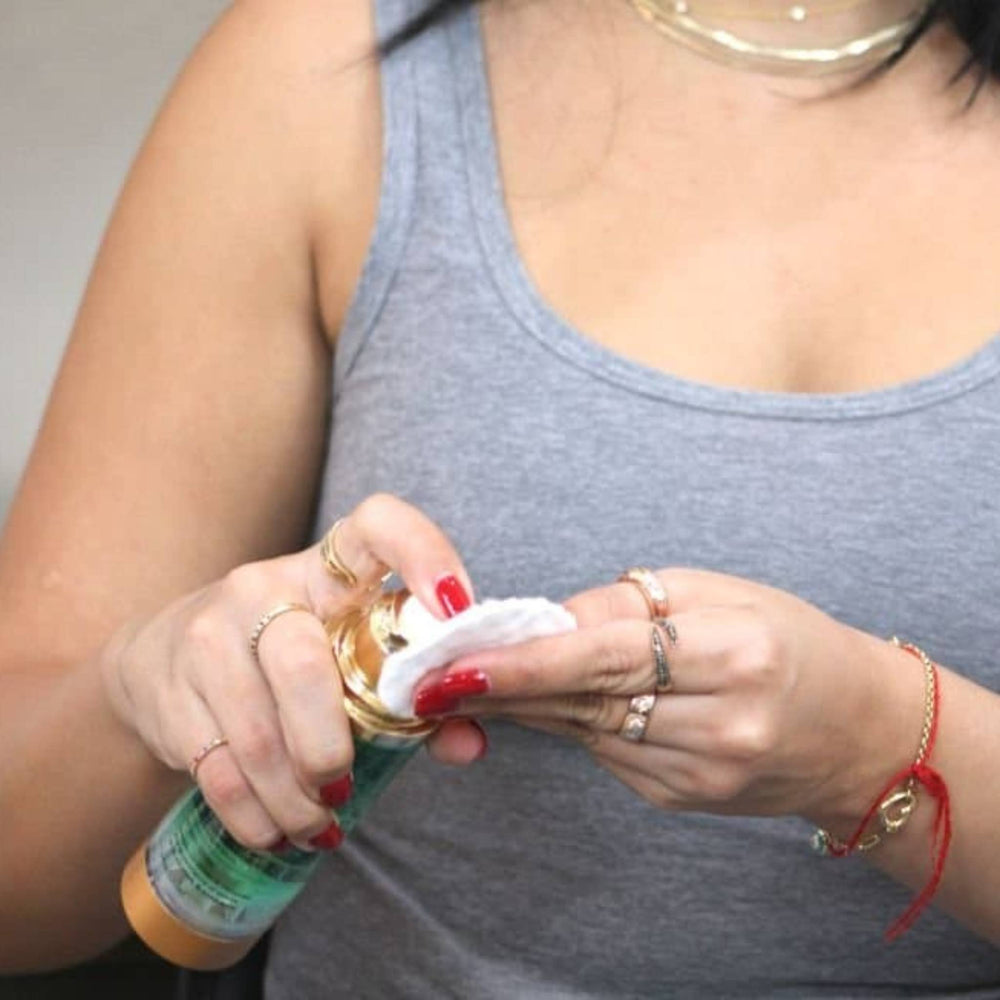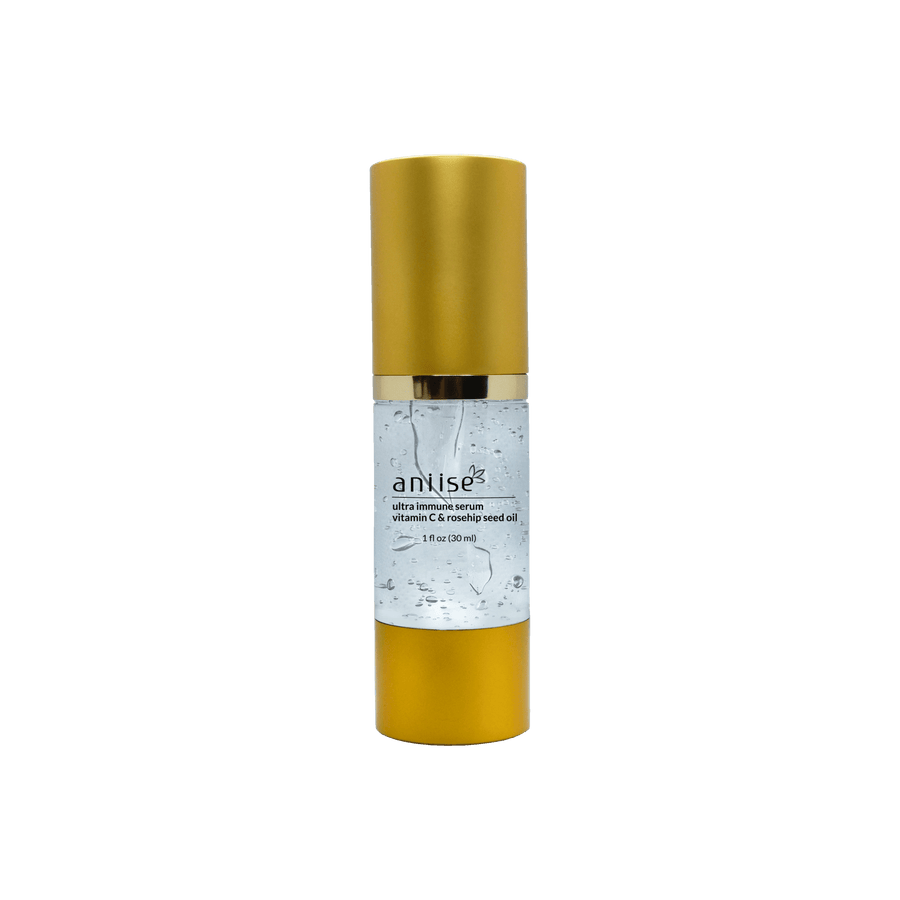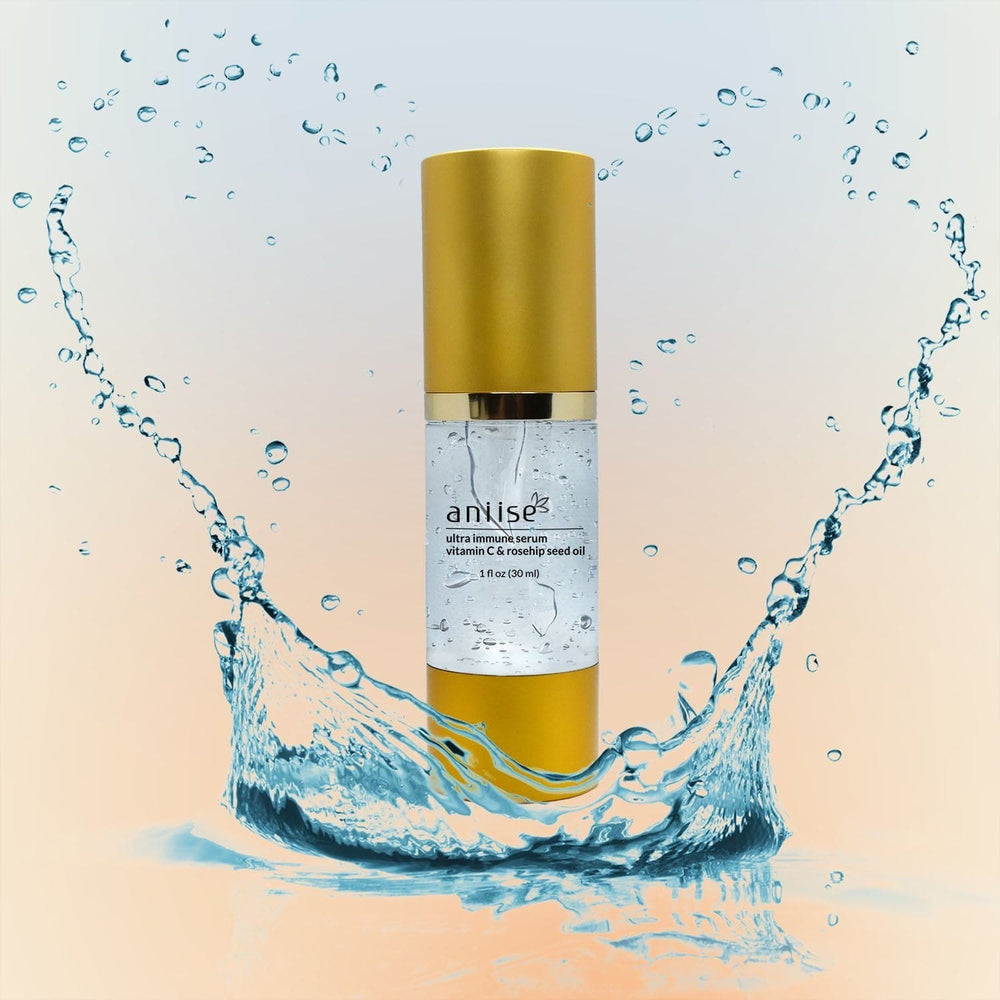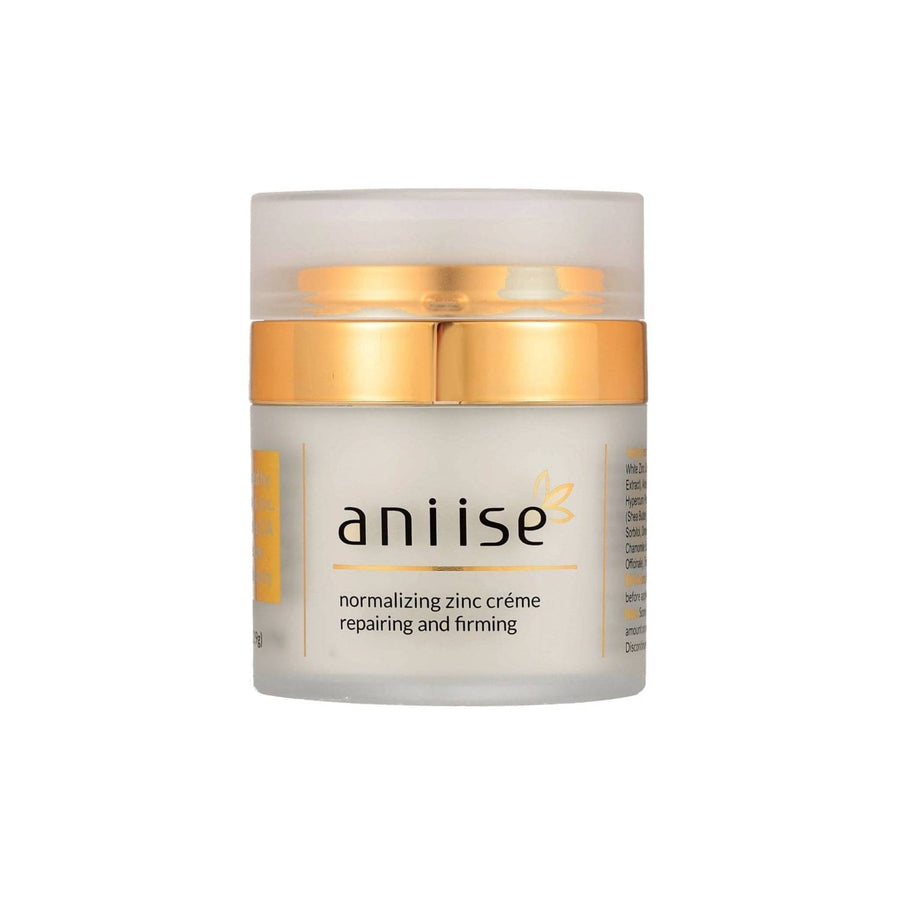Mastering the Art of Layering Skincare Products: A Guide to Getting the Most Out of Your Routine
Layering skincare products can feel like an art form—and, in many ways, it is. With the right approach, you can maximize the benefits of each product in your routine, giving your skin the nourishment, protection, and care it deserves. But with so many products out there, knowing how to layer them correctly can be a bit overwhelming.
In this guide, we’ll explore the essential principles of layering skincare, from the lightest to the richest formulas, and share tips on how to achieve radiant, healthy skin.
Why Is Layering Skincare Products Important?
Layering allows each product to work more effectively by ensuring that it’s absorbed properly and delivers its full benefits. The idea is to start with the thinnest, most lightweight products and gradually move to heavier, more occlusive ones. This ensures that your skin receives hydration and active ingredients first, while the heavier products lock in moisture and provide additional protection.

Step-by-Step Guide to Layering Skincare Products
- Purpose: Cleansing is the foundational step in any skincare routine. It removes dirt, oil, makeup, and environmental pollutants that can clog pores and dull the skin’s appearance. A clean canvas allows the products you apply afterward to penetrate more deeply and work more effectively.
- How to Do It Right: Choose a cleanser suited to your skin type—gel or foaming cleansers for oily skin, cream or milk cleansers for dry skin, and gentle, hydrating cleansers for sensitive skin. Use lukewarm water to avoid stripping the skin of its natural oils, and cleanse for at least 30 seconds to ensure you’re removing all impurities. For a double cleanse, start with an oil-based cleanser to dissolve makeup and sunscreen, followed by a water-based cleanser to clean the skin itself.
- Purpose: Toner helps to balance the skin’s pH after cleansing, which can sometimes disrupt the skin’s natural acidity. It also preps the skin for better absorption of the subsequent products in your routine.
- How to Do It Right: Apply toner to a cotton pad or directly into your hands and pat it gently into your skin. Look for toners with hydrating and soothing ingredients like rose water, aloe vera, or glycerin. Avoid toners with high alcohol content, as they can be drying and irritating, especially for sensitive skin. This step is crucial for enhancing the penetration of your serum and moisturizer.

- Purpose: Serums are the powerhouse of your skincare routine, packed with high concentrations of active ingredients that target specific skin concerns like wrinkles, hyperpigmentation, and dehydration. Because of their smaller molecular structure, serums penetrate deeper into the skin than moisturizers.
- How to Do It Right: Apply a few drops of serum to your fingertips and gently press it into your skin, focusing on problem areas. Use antioxidant serums, like those containing Vitamin C, in the morning to protect your skin from environmental damage. In the evening, consider using a hydrating serum with hyaluronic acid or a treatment serum with ingredients like bakuchiol (a retinol alternative that does not irritate your skin) to address signs of aging. If using more than one serum, apply the thinnest one first, followed by a slightly thicker one. Always give each layer a moment to absorb before moving on to the next.
- Purpose: Moisturizers help to seal in the moisture and active ingredients you’ve applied so far, keeping your skin hydrated and protected. They also strengthen the skin barrier, preventing water loss and shielding the skin from environmental aggressors.
- How to Do It Right: Choose a moisturizer based on your skin type and concerns. Lightweight moisturizers are ideal for oily skin, while richer, cream-based ones are better for dry or mature skin. For combination skin, consider using a lightweight moisturizer during the day and a richer one at night. Apply your moisturizer in upward strokes to boost circulation and give your skin a natural lift. Don’t forget your neck and chest, which also need hydration and protection.
- Purpose: Facial oils can provide an additional layer of nourishment and help seal in the moisture from previous steps. They’re particularly beneficial for dry or mature skin, but can also be used by other skin types in small amounts.
- How to Do It Right: Warm a few drops of facial oil between your hands and press it gently into your skin as the last step in your routine. Oils with ingredients like jojoba, argan, or rosehip are excellent for adding hydration without clogging pores. This step is optional and can be adjusted depending on your skin’s needs—if your skin feels too heavy or oily, you can skip this step.

- Purpose: Sunscreen is the most crucial step in any morning skincare routine, as it protects your skin from the harmful effects of UV radiation, which can lead to premature aging, hyperpigmentation, and an increased risk of skin cancer.
- How to Do It Right: Apply a broad-spectrum sunscreen with at least SPF 30 as the final step in your morning routine. Ensure you cover all exposed areas, including your face, neck, and the back of your hands. If you’re spending extended time outdoors, reapply every two hours and after swimming or sweating. Remember, even on cloudy days, UV rays can still penetrate your skin, so make sunscreen a daily habit.
Common Mistakes to Avoid When Layering Skincare
- Overloading on Active Ingredients: Be cautious about layering too many active ingredients, like retinoids or acids, as this can irritate your skin. Stick to one or two at most, and make sure they complement each other.
- Skipping the Wait Time: After applying each product, give your skin a minute or two to absorb it before moving on to the next step. This ensures that each product has time to penetrate and work effectively.
- Neglecting the Neck and Chest: The skin on your neck and chest is just as delicate as your face, so be sure to extend your routine to these areas for a consistent and youthful appearance.
FAQs About Layering Skincare Products
- Q: Can I mix my serum with my moisturizer to save time?
- A: While it might seem convenient, mixing products can dilute their effectiveness. It’s best to apply each layer separately to allow for proper absorption.
- Q: How do I know if I’m using too many products?
- A: If your skin feels congested, greasy, or irritated, you might be overloading it with products. Start with the essentials and gradually add more as needed.
- Q: Can I layer multiple serums?
- A: Yes, but stick to two serums at most. Apply the serum with the lightest consistency first, followed by the thicker one.
Conclusion:
Mastering the art of layering skincare products doesn’t have to be complicated. By understanding the order of application and choosing products that complement each other, you can create a routine that maximizes the benefits for your skin. Building an effective, layered skincare routine can leave your skin looking and feeling its best, ensuring you get the most out of every product in your arsenal.


